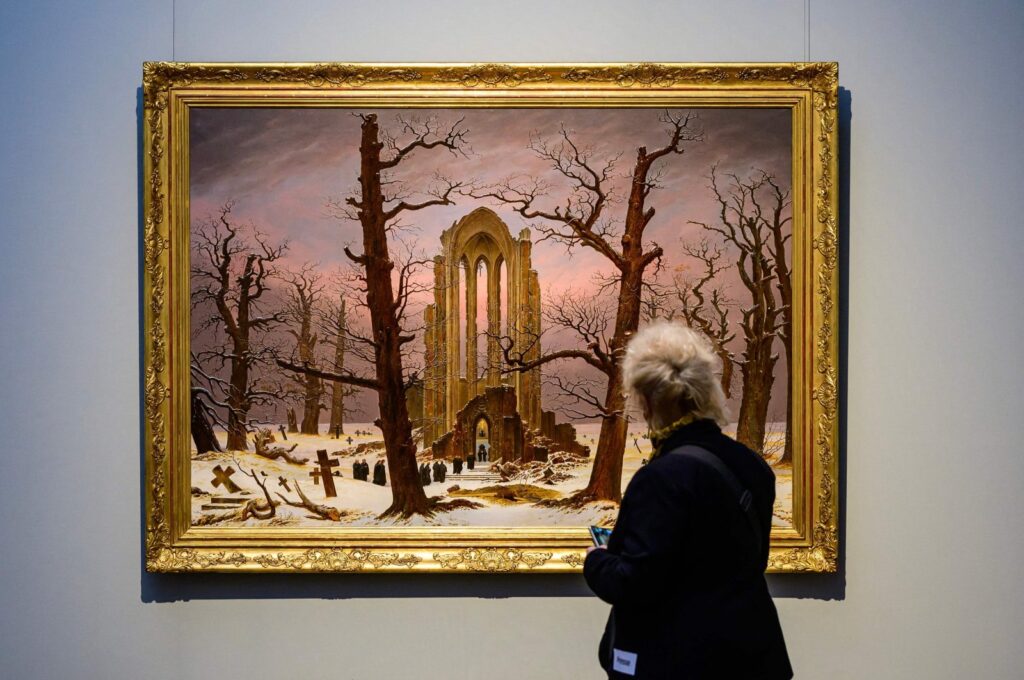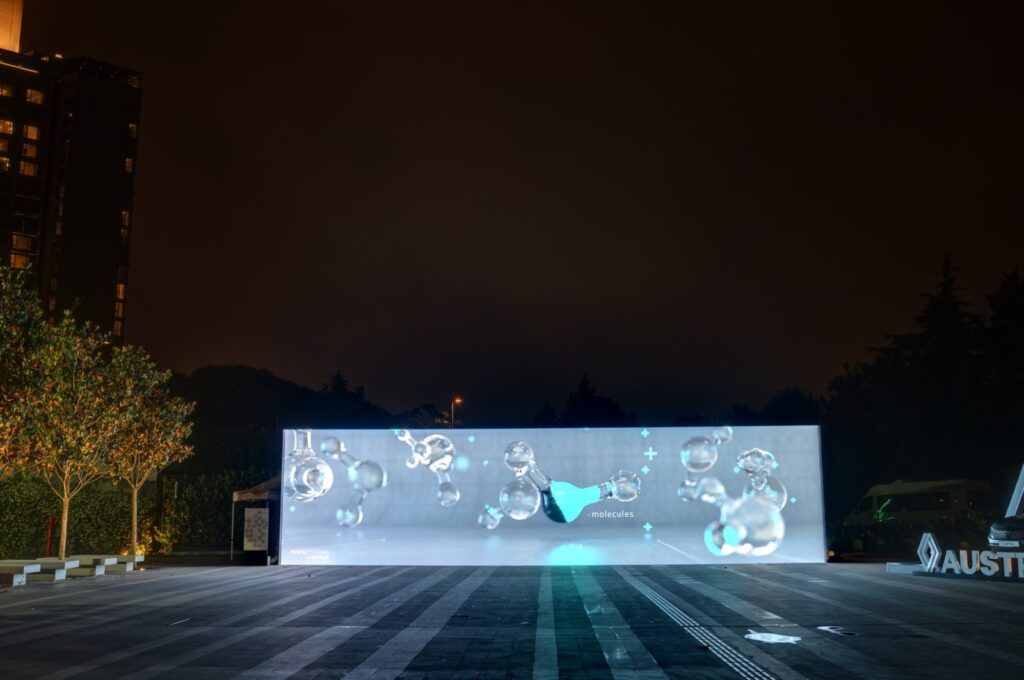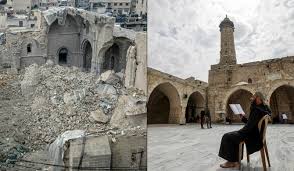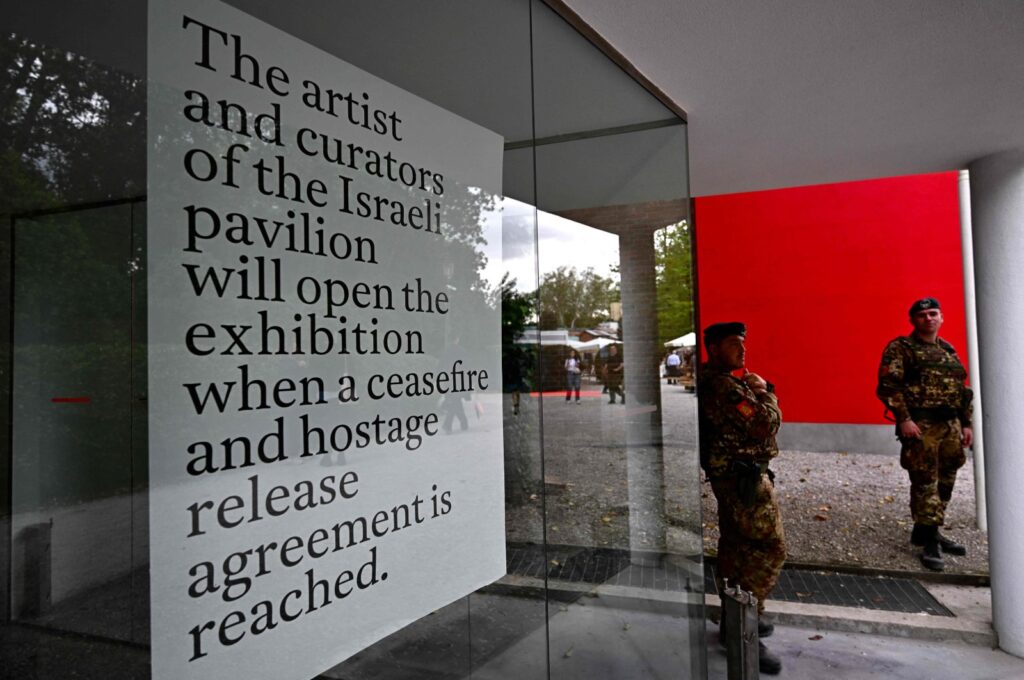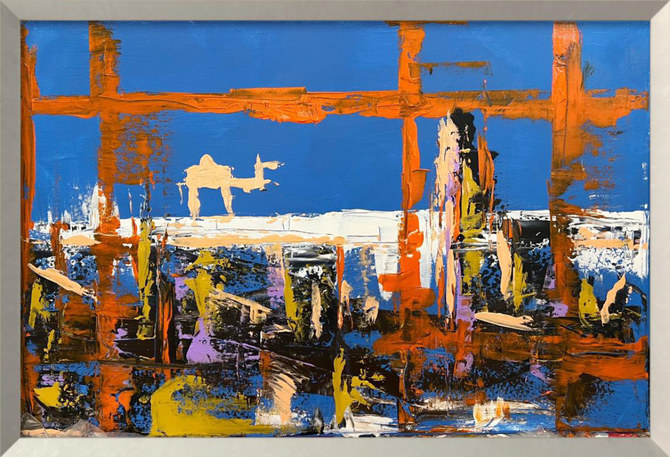
Meltem Sarsılmaz
If the beautiful walls of buildings in the Pera district could speak, each would tell a different story from the dusty pages of history
Travelers visiting Istanbul over the centuries use the most beautiful words to describe the glory of this city in their languages. The city is intriguing, exciting and always has good stories to tell. That’s why all beautiful descriptions suit Istanbul well. Since various cultures have lived together here throughout history, Istanbul has a special cultural structure. When you enter its fascinating landscape, each district welcomes you differently as each harbors a unique historical mystery. Among the districts of the city, Pera – the former name of the historic area corresponding to modern-day Beyoğlu – stands out as a vibrant region where old and new blend in perfect harmony.
Pera, which means “the other side” in Greek, welcomes visitors across from the historical peninsula in Istanbul as an important symbol. It covers the area between the historic subway funicular line Tünel and Taksim Square – that is, the famous Istiklal Street and its intersecting side streets.

In addition to being a modern-day center of arts and entertainment, Pera is also historically important as it undertook the task of being the representative of a certain period in the past. In the 19th century, Western influence began to show itself in Turkish lands and Istanbul had a colorful urban fabric consisting of different cultures, social structures and economies woven together. The Western influence made itself felt in the architectural structures as well. The Pera of this period was a place where Armenians, Greeks, Jews, Europeans and Ottoman citizens lived together, giving it a unique, cosmopolitan structure. The region, where Ottoman citizens from Muslim and Christian communities coexisted, also became an international financial center during this century. With all this cosmopolitanism, the district, therefore, became the picture of the cultural, economical and social change of the 19th century.
Even a small trip through Pera clearly reveals the history of the district. But historical buildings may be the best way to trace the past, as they are the living witnesses of history. Buildings, like human beings, breathe, get on in years and collect memories in their walls. Just touching a wall of an old building can be enough to feel the memories and experiences hidden in the history of the construction. What I’m going to say may seem a bit romantic, but historical buildings witness important periods and keep secrets.

When it comes to Pera, the historical buildings of the district rise in all their glory, representing the period in which they were built. With their architectural styles and the reflections of culture on their walls, these constructions prove that buildings are not only clusters of stones but bridges connecting the past to the present. German musician Herbert Grönemeyer once said: “Home isn’t a place, home is a feeling.” And the historical buildings of Pera have been the homes of many people for years and have survived to the present day by providing the feeling of home to them.
Breeze of architectural movements
The Neoclassical style dominates most of the buildings in Pera. Hotels, churches, big shops, cafes and restaurants comply with this style, which was actually introduced by the foreign embassies in the district. Therefore, it wouldn’t be wrong to say that embassies, with religious and educational institutions and expansive gardens, dominated the architecture of Pera.
As mentioned, the changes and developments experienced in the 19th century and different movements started to reveal themselves in Pera. For example, Italian architect Raimondo Tommaso D’Aronco, who was invited to Istanbul by Sultan Abdülhamid II to prepare designs for the Istanbul Exhibition of Agriculture and Industry to be held in 1896, worked as the chief palace architect between 1896-1908. Casa Botter (Botter Apartment), belonging to the Botter family, is one of his most admired works in Pera. It made such an impact that Art Nouveau started to become the most popular architectural style in Pera after the construction of this building. This style shows itself effectively with floral frieze decorations dominated by rose details on windows and their railings. Art historian Godfrey Goodwin explained: “Art Nouveau entered the Bosporus like a gardener.”

Botter Apartment, adorned with plant motifs, flowers
Botter Apartment, which was built in the 1900s, is located on Istiklal Street at Number 235, next to the current Swedish Consulate. The building was commissioned by Sultan Abdülhamid II for the palace’s fashion tailor Jean Botter. Since the sultan liked the designs of Botter, he wanted a fashion house to be built in order to show the value he placed on the tailor and commissioned D’Aronco to do the job. The building was designed as both a fashion house and a home for the Botter family. Buildings that served as both workplaces and residences were common in Europe, but the first example of such a building in 19th-century Istanbul was Botter Apartment. It was also the first building constructed in the Art Nouveau style.
The Botter family later immigrated to Paris with great pain after losing their son, who had gone to Paris to visit, due to an illness. Upon this, Sultan Abülhamid II sold the building to Mahmut Nedim Efendi, the son of Grand Adm. Osman Pasha. After Nedim Efendi passed away at a young age in 1939, his wife Zeynep (Oyvar) started to lease the lower floors of the building to various commercial establishments. After Mrs. Oyvar also passed away, the building, which was left unclaimed, was confiscated by the Treasury. As a result, the building has since suffered a lot of neglect. In 2007, Oyvar’s nephews took over ownership of the building from the Treasury.
Narmanlı Han: Italian breeze mingles with Russian influence
The Italian architect Giuseppe Fossati, who lived and built important buildings in Istanbul for 19 years, is also the architect of the Narmanlı Han, which was built in 1831. This building, where many important writers and artists lived and worked, was used as the Russian Embassy from the year it was built until 1880 and then served as a Russian prison until 1914.


The building remained neglected for many years after the relations with Russia deteriorated during World War I. After the October Revolution took place in Russia in 1917, many Russian citizens came to visit Narmanlı Han when they came to Istanbul as refugees. In this process, Narmanlı Han served as an embassy building. With the construction of the new embassy building in the later period, all consulate offices here were moved to the new building. Narmanlı Han has hosted many artists and writers for many years.
Mısır Apartment: A winter mansion in Art Nouveau
The Mısır Apartment (meaning Egypt Apartment in Turkish) was built as a winter mansion commissioned by the last Khedive of Egypt Abbas II in the place of Trocadero Theater, which was demolished in 1910. It is located at number 303-305 in the Galatasaray quarter in Beyoğlu. The building, the construction of which was started in the Art Nouveau style in 1905, is one of the city’s first reinforced concrete buildings. It was built by the Armenian architect Hovsep Aznoyunca.

Perhaps the most important feature of the building is that it has hosted very important people since the years it was built. One of the most important residents of the building was Mehmet Akif Ersoy, the author of the “Independence March,” which was voted on and accepted by the National Assembly as the Turkish national anthem on March 12, 1921. After returning to Istanbul on June 16, 1936, from Egypt, where he worked for 10 years, Ersoy settled in a flat in the Mısır Apartment and lived here until his death. While people lived in the building, it also hosted important fashion and sewing shops. Today, it also hosts restaurants, theaters and art galleries, as well as business offices.
Doğan Apartments: Witnesses of Pera’s exciting times
The Doğan Apartments were built in 1894 by the Belgian Helbig banking family. The building, formerly known as Helbig Apartments, hosted distinguished people when it was built. Designed in a U shape, the Doğan Apartments reflect the Italian architectural style. However, their most striking feature is the magnificent garden of 400 square meters (4,306 square feet). The garden, which was built by Victoria Short, the wife of late British Consul General Roger Short who died in the 2003 Istanbul bombings, offers an extraordinary view to the homeowners. Located in the middle of the U-shaped building, the courtyard, which looks like a grove, separates the building from the outside world. It not only has a courtyard but also a terrace with a magnificent view of Istanbul. It would be very romantic to watch the sunset of Istanbul from this terrace.

Although the building has maintained its beauty and splendor over time, its name has undergone changes. After the owner of the building died in 1919, it was sold to Ottoman businessperson Mair de Botton Efendi and named “Botton Han” after its news owner. The building, which contained many rental shops and businesses until 1929, was mortgaged and subsequently sold to the Berlin-based insurance company Victoria and the new name of the building became “Victoria Han.”
In 1942, the building was sold for the last time to Kazım Taşkent, the founder of Yapı Kredi Bank, and he named it after his son, who died in a skiing accident in the Swiss Alps in 1939. The building has survived to the present day with this new name of “Doğan Apartments.” Over the years, the building has now become personal property, with the flats being sold one by one. Today, it is possible to enter the building, where some scenes of important movies were shot, if you have a resident acquaintance. You can also visit it by obtaining permission. However, even appreciating the building from the outside will be enough to take you back to the glorious days of Pera.
Sunset over Pera
Istanbul’s districts reveal different stories in every season and whisper all their stories in your ear as you wander the city’s streets. In the daily rush, we may not be able to hear these sounds sometimes, but if you happen to stroll around these streets, you may need to look up a little to hear those stories. The magnificent facades of buildings in Pera will tell you the secrets they have kept for years from their windows, balconies and flower-patterned frescoes. Especially at the end of the day, as the sun slowly sets, while watching the buildings reflecting golden light, you can get dizzy from this romantic and historical atmosphere.
Courtesy: Dailysabah
The post Historical buildings tell romantic tales in Istanbul’s Pera appeared first on The Frontier Post.



